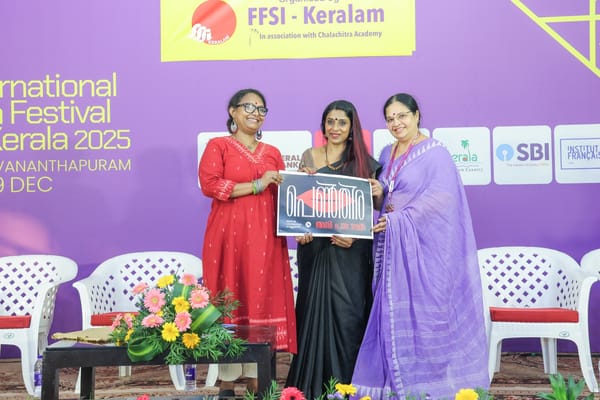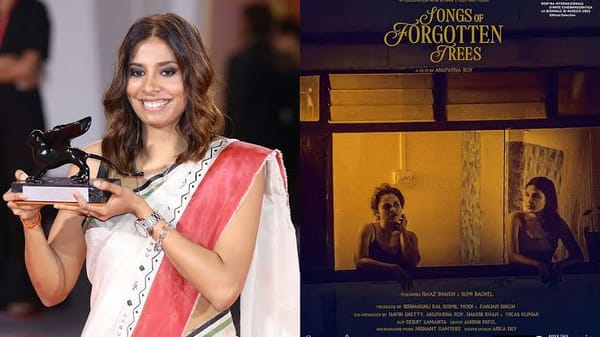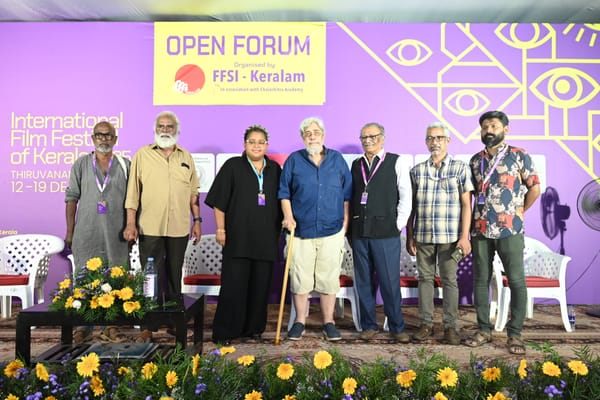COMBINING STROKESARTS WITH SHREIYAA”S SILVERLINING
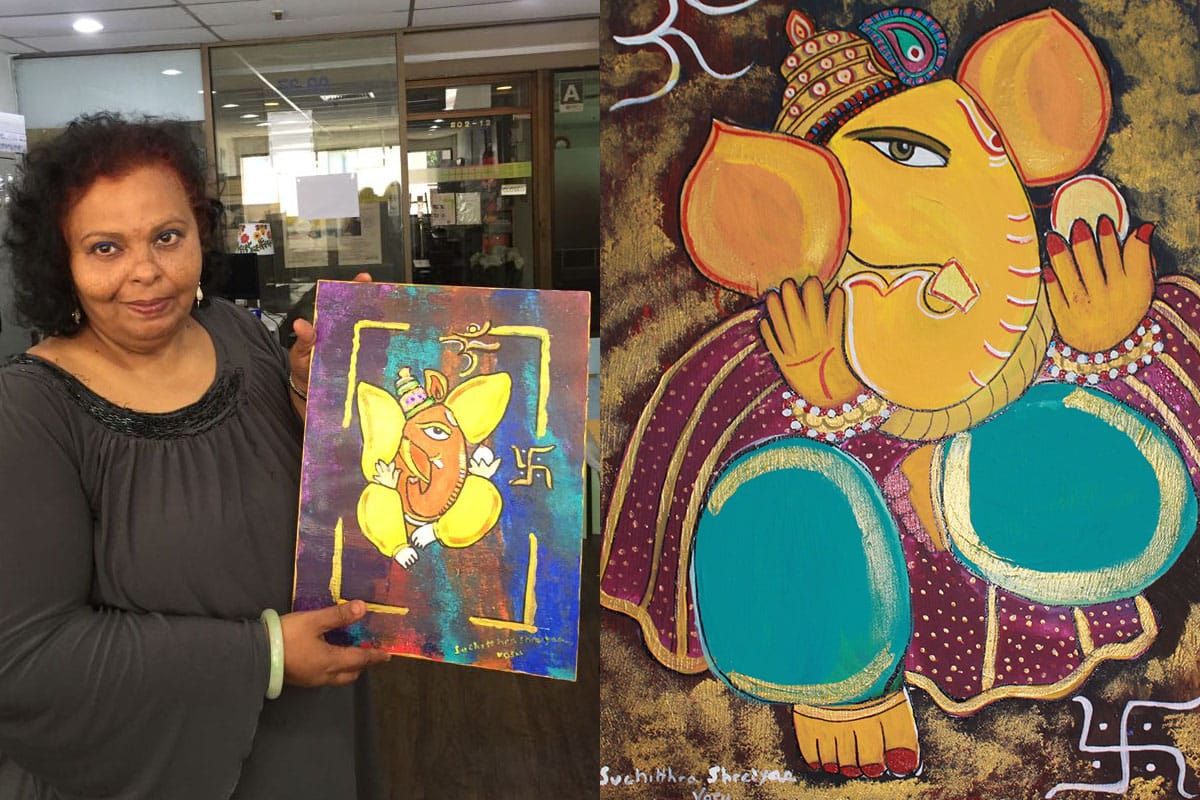
ABOUT ART
Art and or painting uplifts the spirit of the artist and the viewer mutually.. The canvas comes alive when the artist strokes his of her paint brush and creates the painting that tells a particular story to the onlooker. Whether you are feeling the blues, grieving over the loss of a loved one or generally going through a low patch in your life, art whether you are at a museum looking at paintings or you are the artist him or herself ,has a magical way of catapulting your negative emotions to elevated moods making your outlook positive. happy and light. It is a natural mood stabilizer.. It has a supreme quality of bringing comfort to the wounded soul , brings solace to the weary heart and it lifts one of from despondency giving you courage to carry on .An artist can only make this impression on his or her canvas when he or she is inspired and motivated and that attribute by way of transference brings joy to the onlooker or the avid art collector. You must paint with the cardinal principle of “ Love what you do the money will come later.” A good artist is passionate about his or her work and spends time on the canvas as labors of love and not with a monetary motivation in mind. When you spend those hours drawing the picture and rolling on or painting with the strokes of the brush you find your concentration improves as you are focused on completing your very own creation of art, be it an image that you copied, or imagined out of your mind. The colors you brush on with the gentle strokes of the paint brush usually tells you where you are coming from and also where you are going.. The more colorful ,the more positive you are in spirit. Remember God made colors and the rainbow with a treasure at the end of it. So it was meant to cheer you up so cheer on and keep painting to brighten up your life! Find the treasure and chase the rainbow of colors in that miracle world of painting that can make you happy.
STROKEARTS AND SHREIYAA’S SILVERLINING
Strokearts Studio is managed by Strokearts Studio Pte. Ltd., Singapore.
At one time, art was for the aristocrat and the elite but today nearly everyone can enjoy art and at Strokearts Kumuda and Shivali makes it affordable to the man on the street. Kumuda & Shivali, Directors of the Company, are Singapore based contemporary artists dedicated to creating an awareness and appreciation of visual arts. They are bouncing with energy to impart their in depth knowledge to the amateur artist and work with love from their hearts. They are gentle with their students and follow through with patience and full support to give their students the finest of experience when they put paint brush to canvas. Each student is a potential Michelangelo or a Ravi Varma this is what they believe and they nurture all their students to bring out the very best of the artist within.
They have conducted various successful art events in Singapore like mural painting at Indian Heritage Center, Kalaa Utsavam, painting exhibition at Esplanade, The Art House and Viridian Art Center.
They come with a plethora of experience as arts educators for the last decade taking art classes for children and adults .Having also taught and presented art lessons at Global Indian International School, Singapore Management University and SOTA. Regular workshops and classes are conducted at the Strokearts Studio for learning various forms of arts.

Shreiyaa’s Silver lining is about s one of their motivated students of art . Suchitthra Shreiyaa Vasu was at her lowest point when she joined Stokearts and found meaning and reason to carry on. She knew deep inside that depression was not a luxury she could afford so she joined the arts studio to paint the new chapter in her life and a new avenue of self expression came to her giving her a sense of self worth . Kumuda nurtured her and today Shreiyaa’s art sells to the public as she paints the picture with an array of beautifully blended colors and adds joy on the canvas She brings the same joy to collectors of art who appreciate her work. Kumuda turned her around and took her out of the road of gloom and doom and she is now constantly blooming in leaps and bounds .Each painting she completes, restores her soul and gives her a sense of fulfillment on her very gratifying and enriching journey. Each painting she paints is unique and she looks on it as a special gift to the collectors of art who buy her work, rather than a means to earn her keep -thus her labors of love.
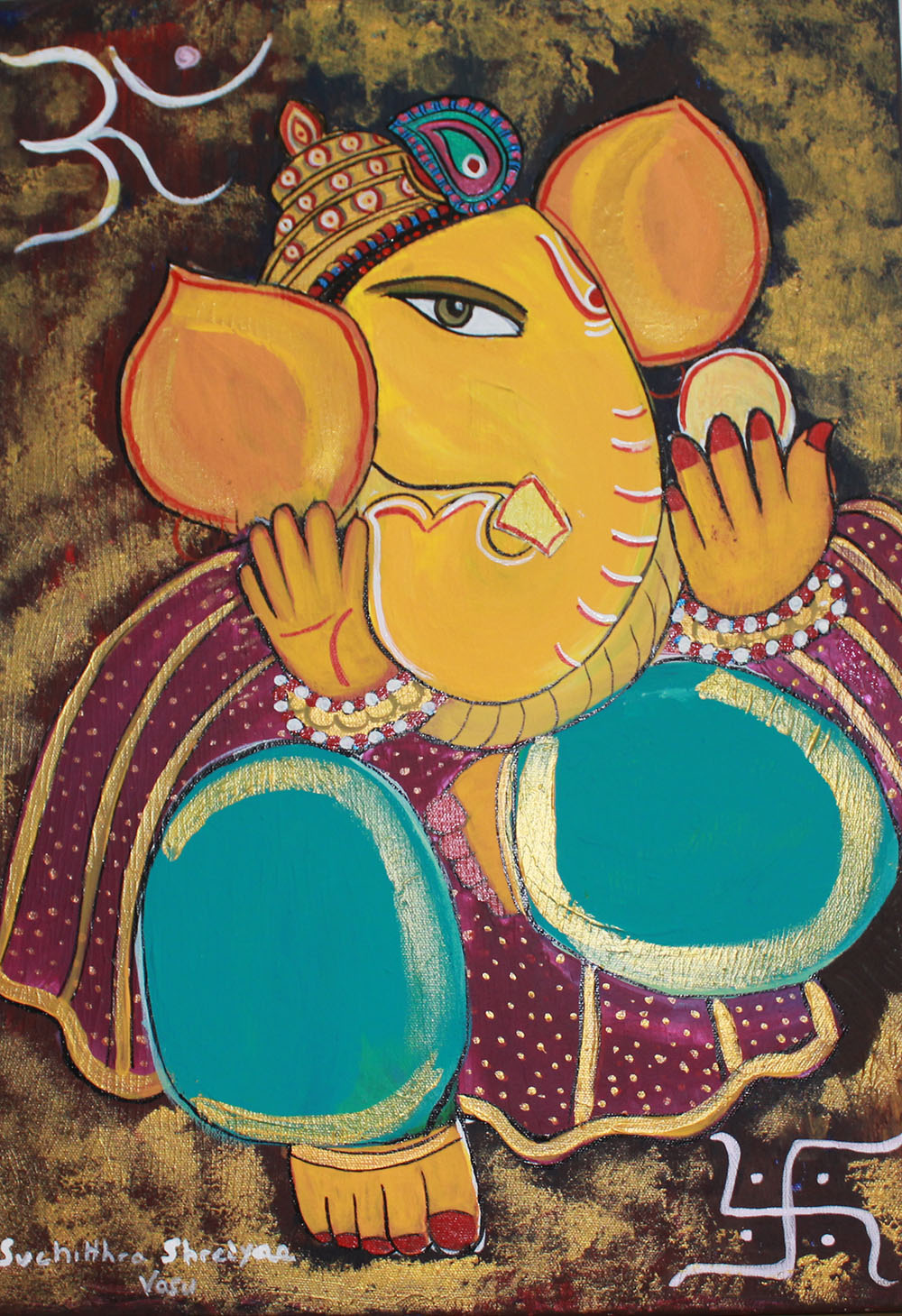
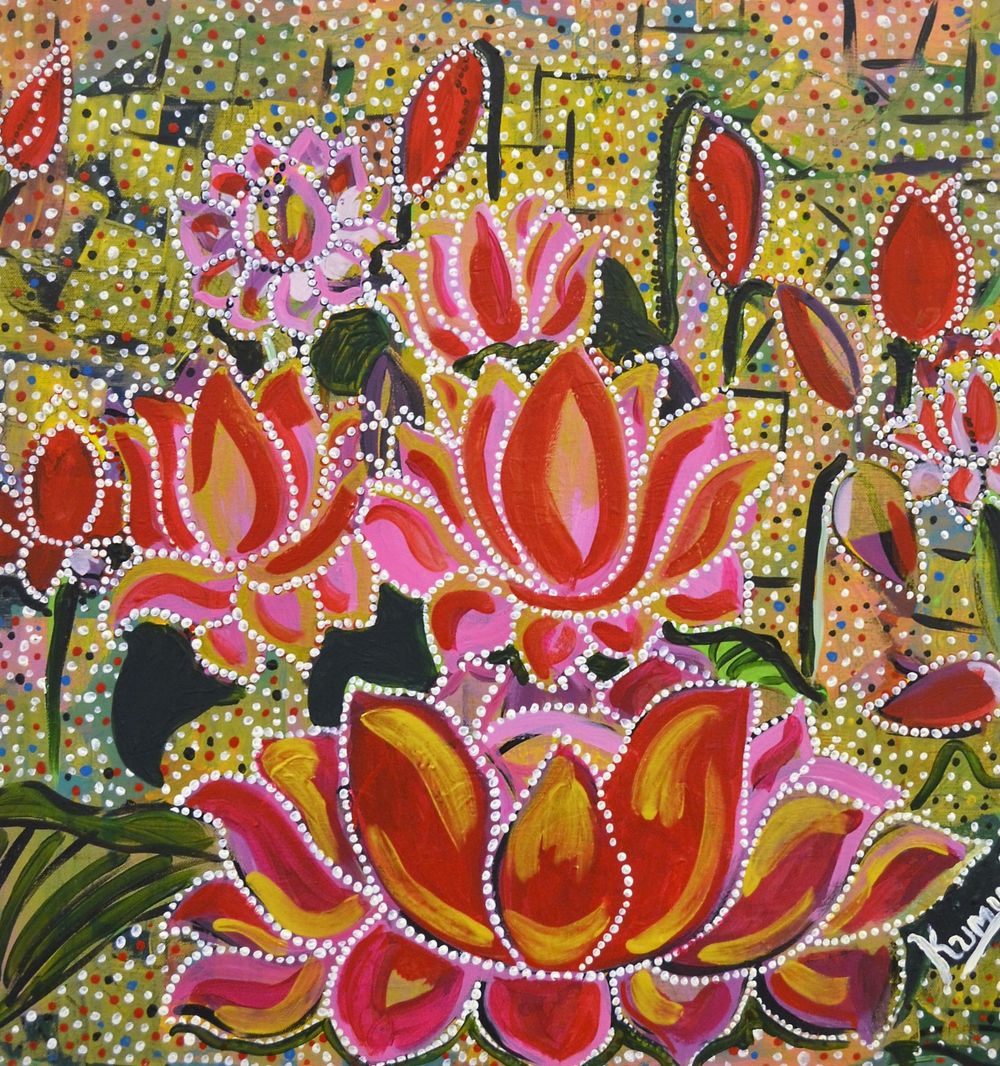


HISTORY OF PAINTINGS
The history of painting is a never-ending chain that began with the very first pictures ever made. Each style grows out of the styles that came before it. Every great artist adds to the accomplishments of earlier painters and influences later painters. According to new dating tests, these are the first paintings ever made by humans. They are seals painted more than 42,000 years ago, located in the Cave of Nerja, in Málaga, Spain
Cave dwellers were the earliest artists. Colored drawings of animals, dating from about 30,000 to 10,000 B.C., have been found on the walls of caves in southern France and in Spain. Many of these drawings are amazingly well preserved because the caves were sealed up for many centuries. Early people drew the wild animals that they saw all around them. Very crude human figures, drawn in lifelike positions, have been found in Africa and eastern Spain.
The cave artists filled the cave walls with drawings in rich, bright colors. Some of the most beautiful paintings are in the Cave of Altamira, in Spain.
We can enjoy a painting for its beauty alone. Its lines, forms, colors, and composition (arrangement of parts) may appeal to our senses and linger in our memories. But enjoyment of art increases as we learn when and why and how it was created.
A painting always describes something. It may describe the artist's impression of a scene or person. It also describes the artist's feelings about the art of painting itself..
Many factors have influenced the history of painting. Geography, religion, national characteristics, historic events, the development of new materials—all help to shape the artist's vision. Throughout history, painting has mirrored the changing world and our ideas about it. In turn, artists have provided some of the best records of the development of civilization, sometimes revealing more than the written word.
INDIAN ART
Indus Valley Civilization (c. 5000 BCE – c. 1500 BCE)
Despite its widespread and sophistication, the Indus Valley civilization seems to have taken no interest in public large-scale art, unlike many other early civilizations. A number of gold, terracotta and stone figurines of girls in dancing poses reveal the presence of some forms of dance. Additionally, the terracotta figurines included cows, bears, monkeys, and dogs. The animal depicted on a majority of seals at sites of the mature period has not been clearly identified. The most famous piece is the bronze Dancing Girl of Mohenjo-Daro, which shows remarkably advanced modeling of the human figure for this early date.
AJANTA CAVES
The Ajanta cave murals: 'nothing less than the birth of Indian art'
The paintings are possibly the finest surviving picture galleries from the ancient world. Now, the oldest in two of the caves – hidden for decades – have been painstakingly restored to reveal their true beauty
Ajanta Caves. The Ajanta Caves are 30 (approximately) rock-cut Buddhist cave monuments which date from the 2nd century BCE to about 480 CE in Aurangabad district of Maharashtra state of India. ... According to UNESCO, these are masterpieces of Buddhist religious art that influenced the Indian art that followed.
Buddhist art (c. 1 CE – c. 500 CE]
The major survivals of Buddhist art begin in the period after the Mauryans, from which good quantities of sculpture survives after many hindu, buddhist and jain temples destroyed by Mughal rulers time to time. some key sites such as Sanchi, Bharhutand Amaravati, some of which remain in situ, with others in museums in India or around the world
Gupta art (c. 320 CE – c. 550 CE)
The Gupta period is generally regarded as a classic peak of north Indian art for all the major religious groups. Although painting was evidently widespread, the surviving works are almost all religious sculpture. The period saw the emergence of the iconic carved stone deity in Hindu art, as well as the Buddha-figure and Jain tirthankara figures,
British period (1841–1947)
British colonial rule had a great impact on Indian art. Old patrons of art became less wealthy and influential, and Western art more ubiquitous as the British Empire established schools of art in major cities, e.g. the Bombay Art Society in 1888. The Company style of paintings became common, created by Indian artists working for European patrons of the East India Company. The style was mainly Romanticized, with watercolor the primary medium used to convey soft textures and tones.By1858, the British government took over the task of administration of India under the British Raj. The fusion of Indian traditions with European style at this time is evident from Raja Ravi Varma's oil paintings of elegant sari-clad women in a graceful manner.
INDIAN CONTEMPORARY ART
India is the world's largest democracy, home to a "transitional society" that by many accounts is the most diverse on earth. Contemporary Indian art matches the cultural and idealogical diversity of the nation, and much gratitude is owed to rapid globalization which is becoming increasingly visible in the international art world. Indian contemporary art is gaining wide popularity the world over including in the West where westerners are intrigued by the colors and figurines that depict religion and other aspects of Indian lifestyles.
MEANING OF PAINTINGS
Your thoughts are echoed back by the universe. There is meaning in the old wives tales that pregnant women should look at beautiful paintings to give birth to happy beautiful children. Your elevated moods create a happy destiny and paintings can uplift your spirit.
At Strokearts we can paint for you and we do an excellent job of it .We can brighten the walls of your home and sanctuary brining peace which you nestle into and can brighten the walls of hotel rooms and resorts making your holiday an exciting happy one .Let our paint brush and strokes carve you a happy day and a happy destiny bringing meaningful purpose in your life because as you think so you shall reap .Sow a good thought it will come back to you and dreams can be realized this way with splendid thought waves that surround you with happy paintings
BY SUCHITTHRA SHREIYAA LAKSHMI VASU
Lawyer / Writer / Author / Novelist and Indian Paintings Visual Artist

